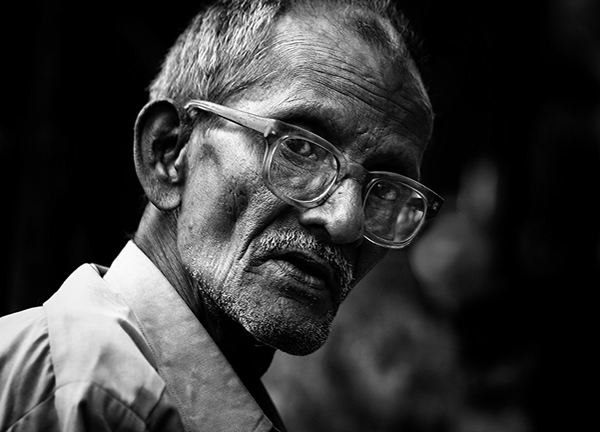Annie's career as a professional photographer began in 1970 with Rolling Stone magazine. By 1973, she was doing so well that she was promoted to chief photographer. Her career continued to rise. In 1983 Annie became chief contributing photographer of Vanity Fair magazine.
Throughout her fantastic career Annie Leibovitz has been granted numerous awards and honors. In April of 2000, Annie was given the "living legend" award from the Library of Congress. She was also made a Commandeur des Ordre des Artes et des Lettres by the French government. In 1991, Annie was the second living person to ever have work in the National Portrait Gallery.
What sets Annie apart from other portrait photographers is the way that she always tries to capture the essence of her subject matter. Whether this means following and hanging around them for days, or incorporating a story about them into the frame, Annie's portraits always teach you a little more about the subject.
Even to those uneducated in the arts, Annie has become a household name throughout the world for her work with famous celebrities. One of these photos features John Lennon and his wife, Yoko Ono. This was taken the night before his death and was the last photo ever taken of him.
Another of Annie's iconic celebrity portraits is of Whoopi Goldberg, done for Vanity Fair. She photographed Whoopi in a tub of milk to showcase that Whoopi is black, thriving in a typically white career.
As one of the many photography greats, Annie Leibovitz has forever impacted the worlds of portraiture and photography for the better.








